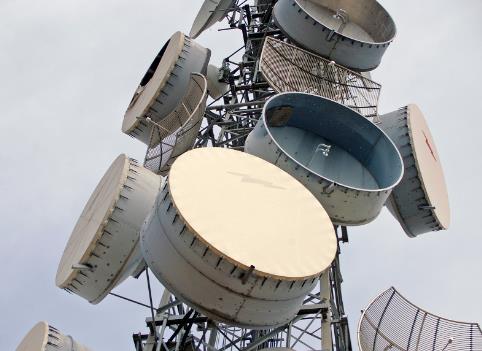How Does a Quad-Ridged Horn Antenna Improve Signal Reception?
A quad-ridged horn antenna represents a significant advancement in antenna technology, offering substantial improvements in bandwidth and signal reception over traditional horn antennas. This type of antenna is specifically engineered with four ridges within its structure, which drastically enhances its performance across a wide range of frequencies. This article explores the unique attributes of the quad-ridged horn antenna and its impact on signal reception in various high-demand applications.

Enhanced Bandwidth
The primary advantage of a quad-ridged horn antenna is its exceptionally wide bandwidth. Traditional horn antennas typically struggle with narrow bandwidth limitations, which can restrict their use in applications requiring the reception and transmission of signals across a broad frequency range. In contrast, quad-ridged horns can operate effectively over frequencies ranging from a few hundred MHz to several GHz, making them highly versatile in both civilian and military contexts.
Key Benefits:
- Wide Operational Range: This allows the antenna to handle multiple frequency bands simultaneously, which is invaluable in complex radar and communication systems.
- Reduced Need for Multiple Antennas: With such wide bandwidth, a single quad-ridged horn can perform the function of several narrowband antennas, simplifying system design and reducing overall costs.
Improved Impedance Matching
Impedance matching is critical for minimizing signal reflections and ensuring efficient power transfer between the antenna and the transmission line. Quad-ridged horn antennas offer superior impedance matching over a wider frequency range compared to simpler designs. This capability ensures that more of the transmitted power is effectively radiated and less is reflected back, enhancing the overall efficiency of the communication system.
Enhanced Gain and Directivity
The design of the quad-ridged horn antenna also contributes to better gain and directivity. These antennas are known for their ability to focus the electromagnetic energy more narrowly, which improves the overall gain and enables more precise targeting of the signal. This is particularly beneficial in applications such as directional communication links and radar systems where high directivity is required to achieve long-range detection and communication.
Applications Across Various Sectors
Radar Systems
In radar applications, the wide bandwidth and high directivity of quad-ridged horn antennas allow for the accurate detection of objects over various distances and speeds, making them ideal for both ground-based and airborne radar systems.
Wireless Communications
For wireless communication systems, the broad bandwidth of the quad-ridged horn antenna supports high data rate transmission across multiple frequency bands simultaneously. This capability is crucial for supporting the growing demand for wireless broadband services.
Electromagnetic Compatibility Testing
Quad-ridged horn antennas are also extensively used in electromagnetic compatibility (EMC) testing to ensure that electronic devices operate without interference from or causing interference to other devices. Their wide bandwidth allows for the testing of electronic devices across a broad range of frequencies.
Conclusion
The quad-ridged horn antenna is a revolutionary design that significantly improves signal reception and transmission capabilities across various technologies. By expanding the operational bandwidth, enhancing impedance matching, and improving gain and directivity, these antennas meet the high-performance requirements of modern radar, communication, and testing systems. As the demand for versatile and high-efficiency antennas continues to grow, the quad-ridged horn antenna stands out as a critical component in the evolution of electromagnetic transmission technology.
